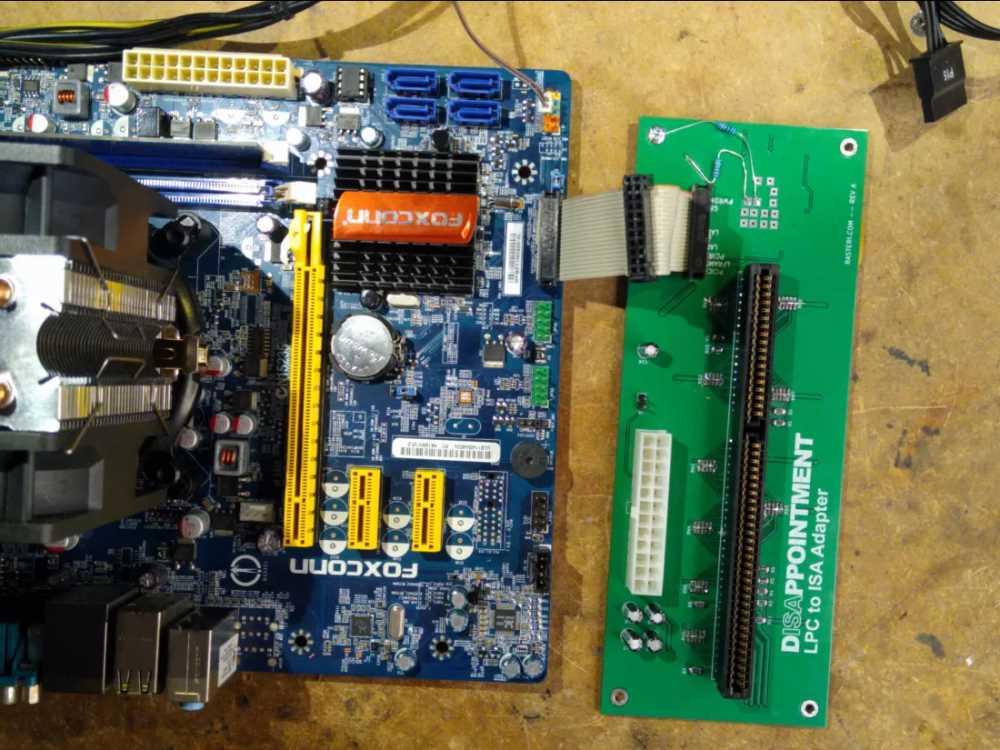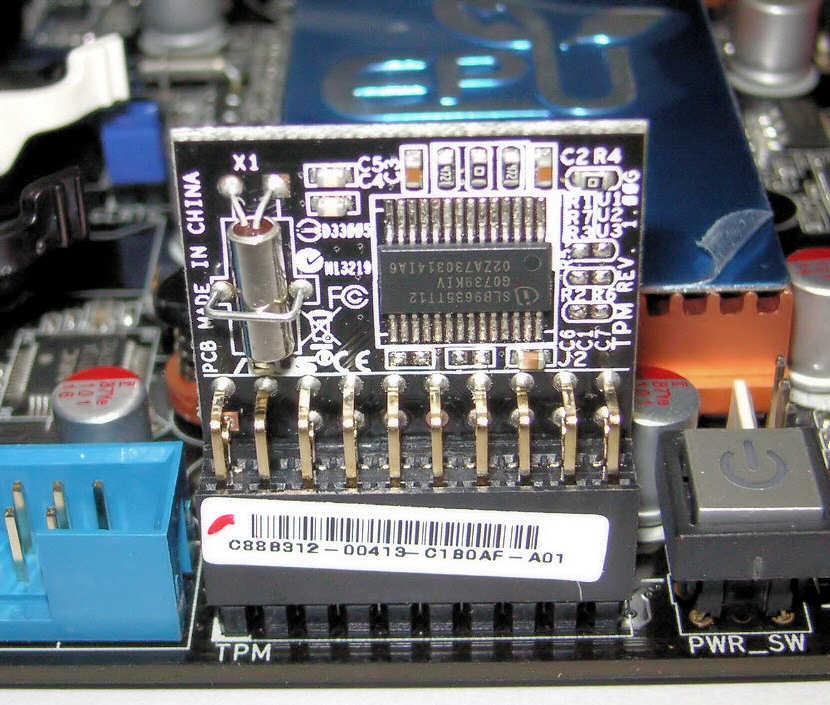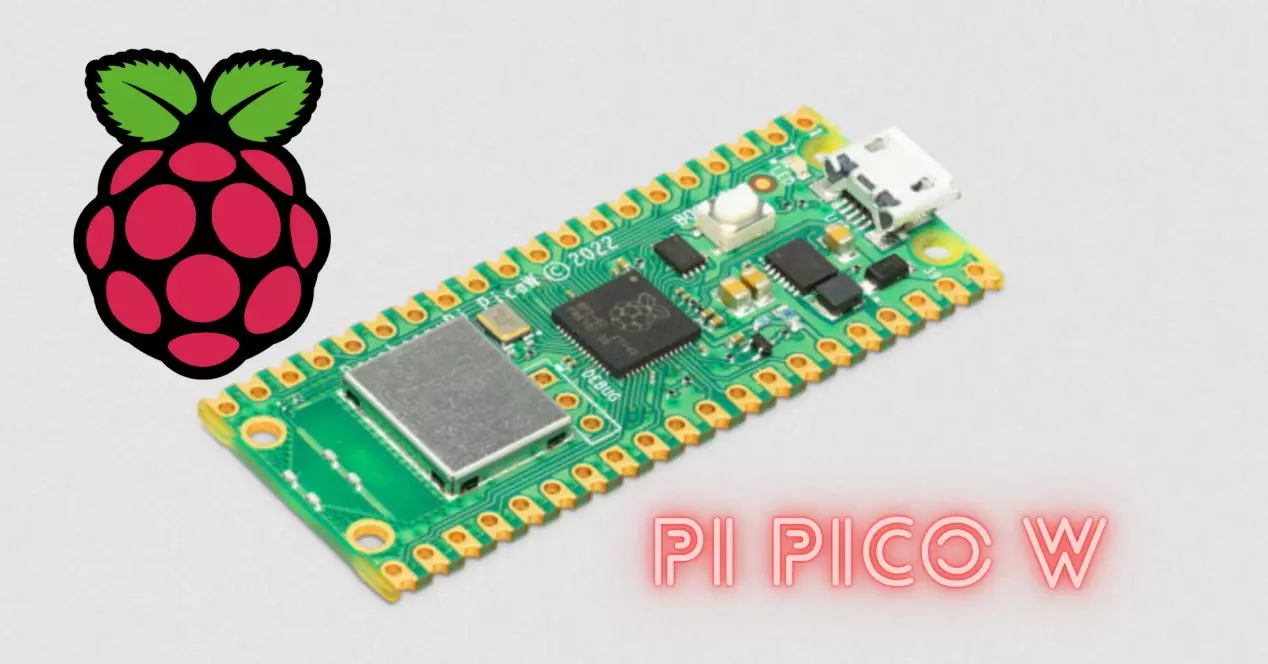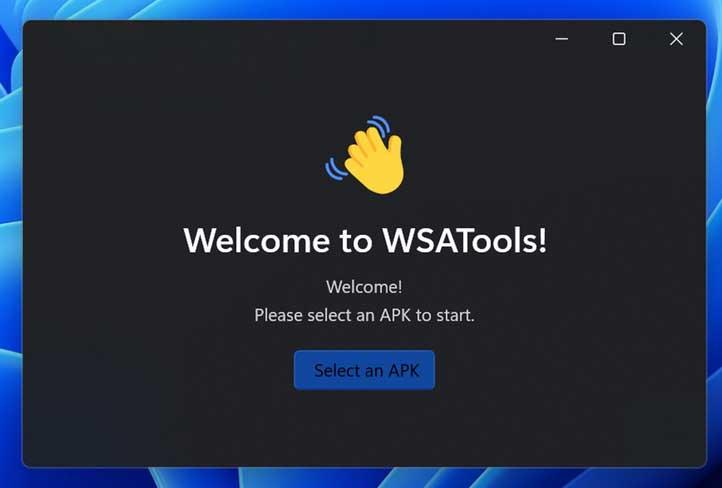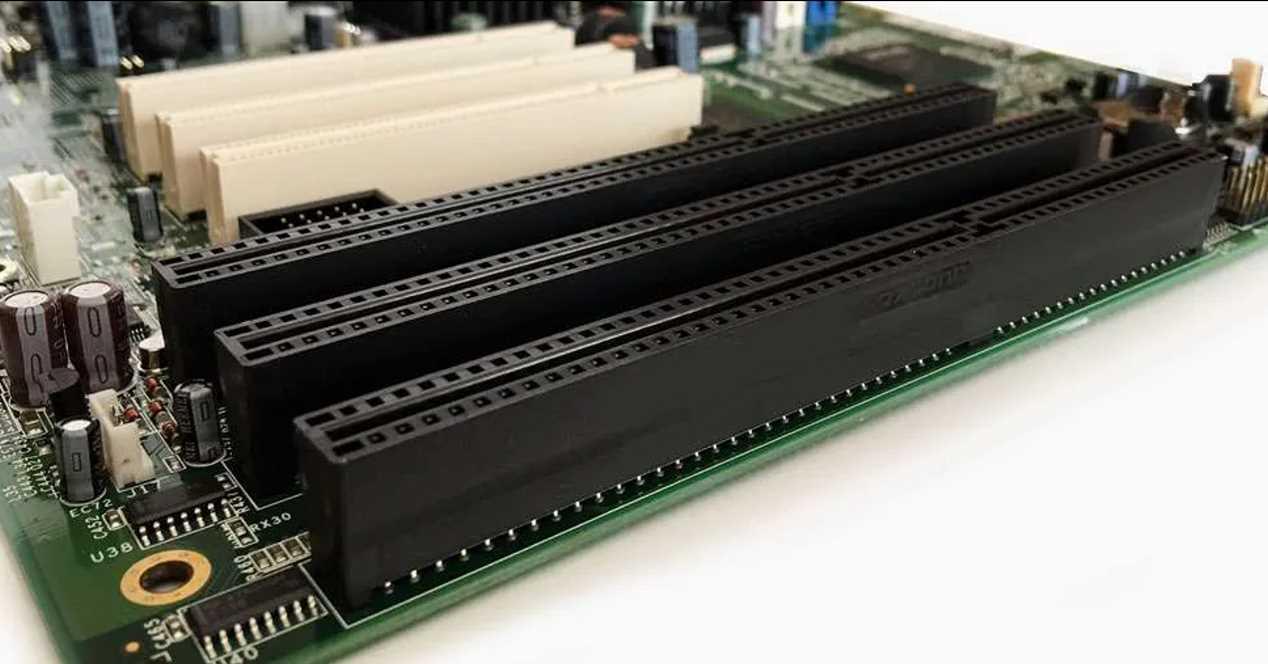
If you’re a Millennial, then chances are you know what you’ve heard of isa ports, but you will not have used them. In the event that you are younger, then they will not sound like anything to you. Well, they were the expansion ports of the PCs of yesteryear in which expansion cards were connected. This port has been dead for twenty years, however, someone has decided to revive it.
The first expansion port with a parallel interface, several transfer bits per cycle, for PCs was the so-called PC Bus, which was 8 bits. When PC AT appeared, it evolved to 16 bits and was called ISA. However, over time it was replaced by PCI, which supported “plug and play” connection. If the drivers seem like a nuisance to you, then you haven’t experienced fiddling with the IRQs in MS-DOS when you connected a card to configure it.
What’s the point of resurrecting the ISA port?
Well, in general, none since it is much inferior in all aspects to PCI and if we talk about PCI Express then the question has a clear answer. Let’s just leave that interface where it belongs, in the past. However, it is still present in many current motherboards.
However, there is a community of retro gamers on PC who find that many games cannot be enjoyed in all their splendor due to the fact that they require a sound card from the time. There are two possibilities there. We discussed the first one a few weeks ago and consists of configuring an FPGA to simulate the hardware of yesteryear. The second is to use an original sound card, but for this we need to connect it and on a current PC we cannot. How to do it?
Well, a modder known by the pseudonym TheRasteri has invented a bridge between the LPC port found on many motherboards and an external ISA port on a board which he has dubbed DISAPPOINTMENT. So if you are a fan of retro games or want to connect your old Sound Blaster for other things, then with this you have the opportunity to do it. Of course, you will not be able to buy the board and you will have to do it, although if you are interested you have very detailed instructions on GitHub.
Wait, what is the LPC port?
LPC, ¨Low Pin Count¨, is a port that many motherboards have to connect antediluvian peripherals. This is a pin-down version of the ISA port, as it has 8 bits for data transfer instead of 16. However, the clock speeds at which it operates allow it to transmit information at the same rate.
Its utility? When the ISA interface disappeared from motherboards, it made it possible to connect low-bandwidth things like the BIOS, onboard sound cards, certain chips on the motherboard with today’s built-in chipset features, and so on. Interestingly, this is where the TPM module plugs into on many motherboards. Others, on the other hand, have a double LPC port, but once we connect the Trusted Platform Module, it takes control of the LPC and can only be accessed through it.
Our opinion? It’s a shame that FPGAs are so expensive and haven’t gone mainstream, as they would be a lifesaver for the world of retro PC gaming. Which has much greater difficulties than the consoles in that regard to play the titles as they were in their day and not poorly emulated or poorly reproduced.
